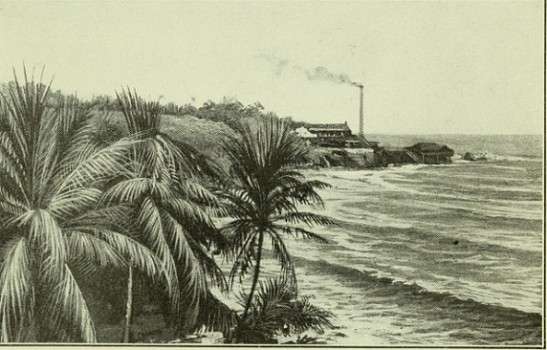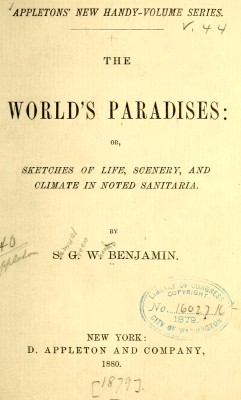 |
surfresearch.com.au
s. g w. benjamin : surf riding at hilo, 1880 |
S. G. W. Benjamin : Surf Riding at Hilo, 1880.
Benjamin, S. G. W.:
The World's Paradises: or, Sketches of Life, Scenery, and Climate in noted Sanitaria.
D. Appleton and Company, New York,1880, pages 217-219
Internet Archive
http://archive.org/details/worldsparadiseso00benj
Hathi Trust
https://hdl.handle.net/2027/hvd.32044105931018

